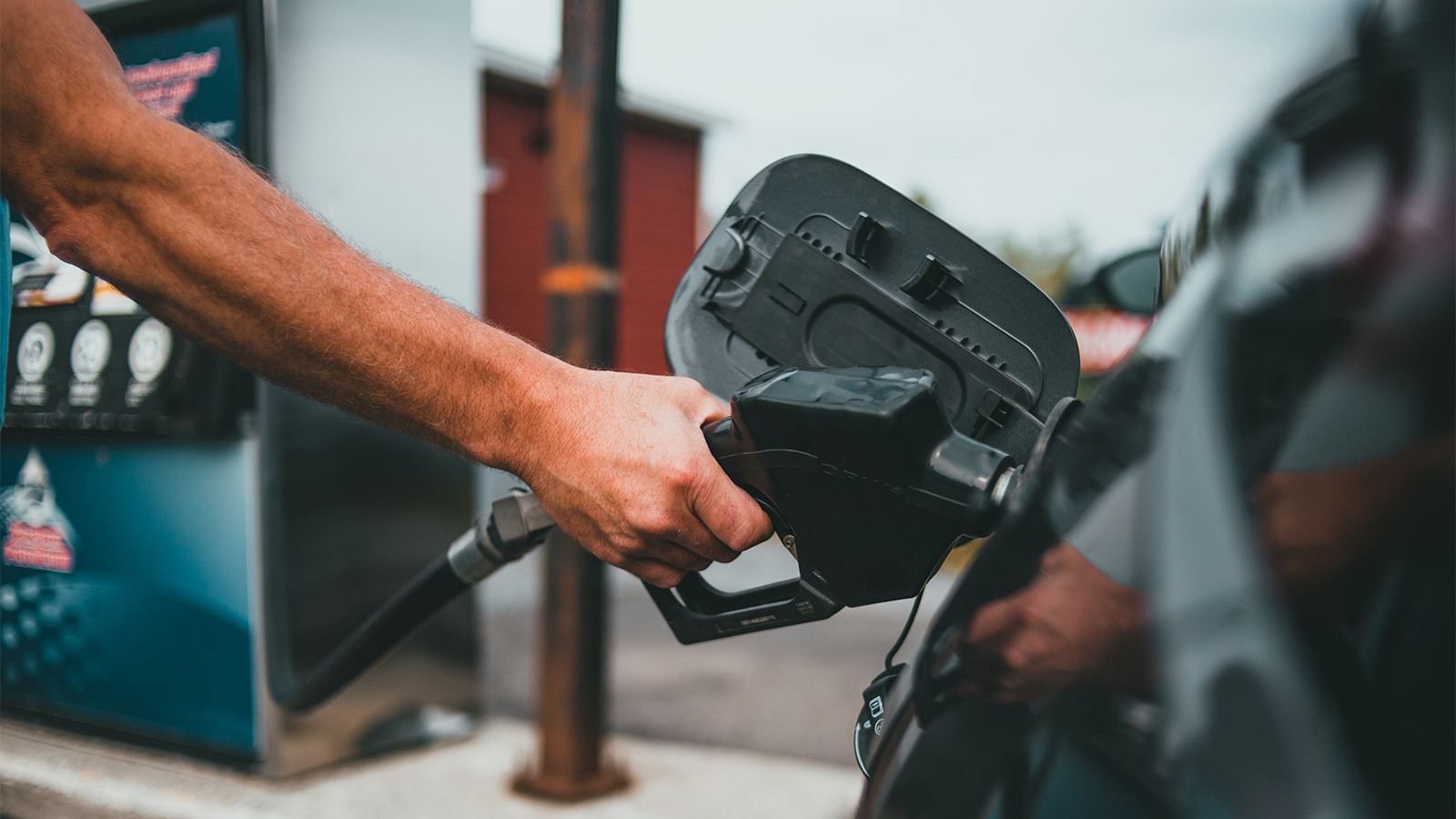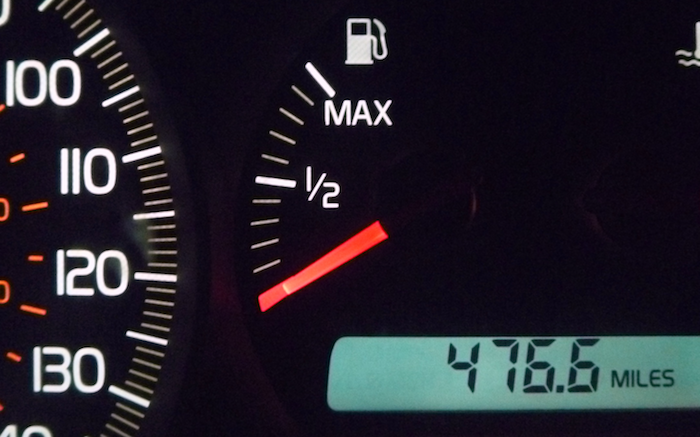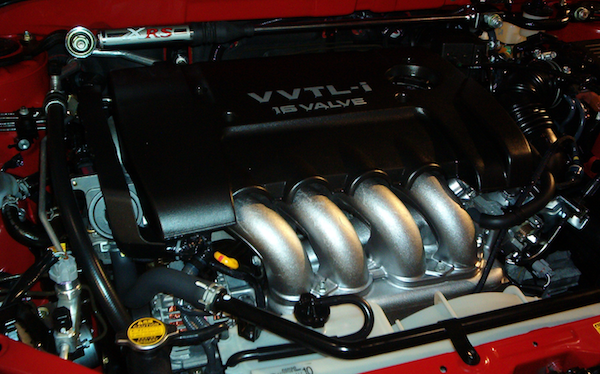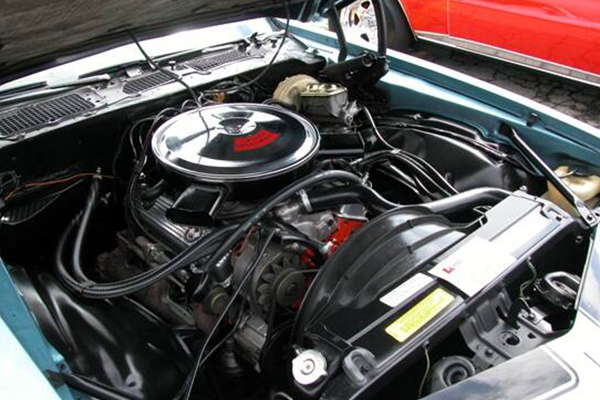All vehicle manufacturers are racing to wring the most power and fuel economy out of engines while lowering greenhouse emissions. One of the more recent innovations to come from this is Ford's EcoBoost engine. So how does the EcoBoost work?

EcoBoost demo engine | Source | Dana60Cummins
Beginning in the early 2010s, Ford started putting EcoBoost engines in everything from the Fiesta and Focus to the F150. It's a combination of turbocharging and direct fuel injection and is a great way to enhance engine output without just adding displacement.
A turbocharged engine uses a turbine to force more air into the engine's intake. Turbochargers differ from superchargers in that they are driven by exhaust gases, where a supercharger is driven by a belt that's powered by the engine crankshaft.
The second part of this equation, direct fuel injection, uses a common fuel rail to put fuel directly into the cylinders' combustion chambers, rather than into an intake manifold runner or port. Direct injection requires the fuel to be under high pressure, and Ford's combustion chamber and piston crown are designed to create a swirl effect on the intake stroke for more efficient combustion.
The EcoBoost direct injection system is designed for a lean mixture at cruising state and can deliver a richer mixture when the engine is under load, such as hard acceleration or hill climbing.
The EcoBoost engine also uses materials such as compacted graphite iron and aluminum to cut weight without sacrificing strength, and incorporates cam phasing and variable valve timing for enhanced power and fuel economy.
Problems with EcoBoost Engines
Like with many new technologies, the EcoBoost engines have had a few problems that have presented themselves:
- Class-action suit by 3 owners -- in humid climates, the turbo can "inhale" enough humidity to put the engine into limp-in mode. Ford has issued a fix and TSB on it, but no recall.
- Several software updates for 2011 models, regarding vacuum, ignition and shift points Timing chain/tensioner wear due to going past oil change interval. Shows up as trouble code P0016, Ford has issued a TSB.
- Ford advises owners to NOT use any aerosol induction cleaners through the intake, as damage to turbo bearings, seals and moving parts can occur
So How Does It Perform?
Seeing how EcoBoost is a Ford signature technology across several different models, let's take a look at some performance numbers.
- 2.3 liter four cyl in the EcoBoost Mustang: 310 horsepower, 320-350 lb-ft of torque, 21 mpg city/32 mpg highway (compared to 190 horsepower, 220 lb-ft of torque, and 25 mpg for the base 3.8 V6 in the '04 Mustang)
- 2.3 liter 4 cyl in the EcoBoost Explorer: 280 horsepower, 310 lb-ft of torque, 19 mpg city/32 mpg highway (compared to 210 horsepower, 254 lb-ft of torque, and 20 mpg for the base 4.0 V6 in the '04 Explorer)
- 2.7 liter V6 in the EcoBoost F150: 325 horsepower, 375 lb-ft of torque, 19 mpg city/27 mpg highway (compared to 202 horsepower and 18 mpg for the base 4.2 V6 in the '04 F150)
EcoBoost engines have been around long enough now to be a proven technology, and you can't argue with these kinds of fuel economy and performance numbers—especially considering it wasn't that long ago that you could barely squeeze 22 mpg out of an Explorer or a Mustang.








